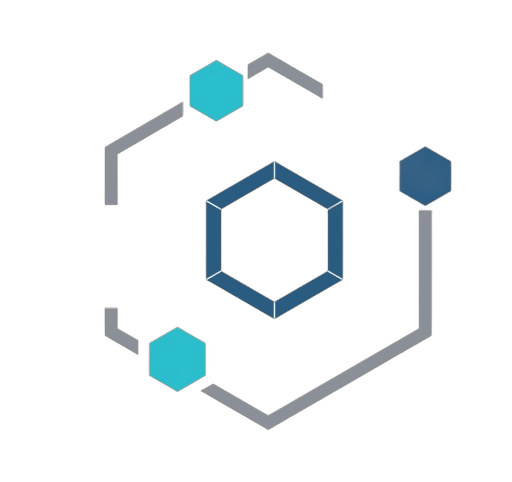
Introduction
With the increasing reliance on the internet and web applications in our daily lives, Cybersecurity has become essential for any business or project. Any vulnerability in an application could lead to customer data loss or a complete system breach.
Common Security Threats in Web Applications
- حقن SQL (SQL Injection)
An attack where malicious SQL command are injected through input fields to access or manipulate the database.
Example: Entering ' OR '1'='1 in a login field could grant unauthorized access. - 2. Cross-Site Scripting (XSS)
Injecting malicious JavaScript code into web pages to steal user data or execute commands on their devices.
3. Cross-Site Request Forgery (CSRF)
An attack that forces users to perform unintended actions, such as changing passwords or transferring funds.
Best Practices for Protection
- التحقق من المدخلات (Input Validation)
- o Ensure all user input is validated before processing.
- o Use libraries such as Laravel Validation أو Express Validator.
- إدارة الجلسات (Session Management)
- o Use Secure Cookies وHttpOnly Flags to prevent unauthorized access.
- التشفير (Encryption)
- o Use HTTPS (SSL/TLS) for all communications.
- o Store passwords using Hashing methods like bcrypt أو Argon2.
- التحكم في الصلاحيات (Access Control)
- o Prevent users from accessing data or functions they are not authorized for.
- طبّق Role-Based Access Control (RBAC).
Code Examples
php
CopyEdit
// Laravel Example for Input Validation
$request->validate([
’email’ => ‘required|email’,
‘password’ => ‘required|min:8’
]);
javascript
CopyEdit
// Express.js Example for Secure Headers
const helmet = require(‘helmet’);
app.use(helmet());
Conclusion
Securing web applications is not a one-time task but an ongoing process that requires regular monitoring and updates. Following Security Best Practices protects customer data and maintains the company’s reputation.


